"When he’s not in the office, you’ll probably find him crouched next to a vernal pool or kayaking the North Fork of the Shenandoah River." This sentence can be found in the online bio of photographer and professor Steven David Johnson’s (@StevenDavidJohnsonPhoto) website. This Virginia-based conservation storyteller has spent a vast majority of his career focusing on salamanders and vernal pools, photographing a life cycle most people know little to nothing about. Using his Sony camera system, Steven has shared this work through a free e-book and many other publications. We connected with Steven to find out more about his journey, his photography, the gear that helps him create his incredibly striking and intimate images, and what advice he has for aspiring conservation photographers.

Photo by Steven David Johnson. Sony Alpha 7R III. Sony 50mm f/2.8 Macro. 1/50-sec., f/5, ISO 250
Who knew how much wildlife could be living in the vernal pools of Virginia? See how photographer Steven David Johnson uses his Sony Alpha cameras and Sony lenses to get a closer look.
Career Journey To Conservation Photography
Photography has been a constant for Steven throughout the majority of his life. This passion sparked in high school, where he worked on the yearbook team, shooting film and processing his images in a darkroom. When he went to college, he studied art with a concentration in photography. Photoshop launched just before he started college and he began learning how to use it. “By the time I did my senior exhibition for college, I ended up doing the first Photoshop exhibition at the college which was kind of fun because I got to teach my faculty a little bit about this new thing called ‘digital media’.”
Steven then went to graduate school at the Savannah College of Art and Design. “And I didn’t get a photo degree there,” he explains. “At the time, it was called computer art. That's when I got my Master of Fine Arts degree - nobody knew what to call it. Nowadays, it would be digital media.” Quickly after receiving his MFA degree, he got his first job teaching photography at a college. In 2005, he moved to Virginia and continued teaching at Eastern Mennonite University (EMU), where he still teaches today.
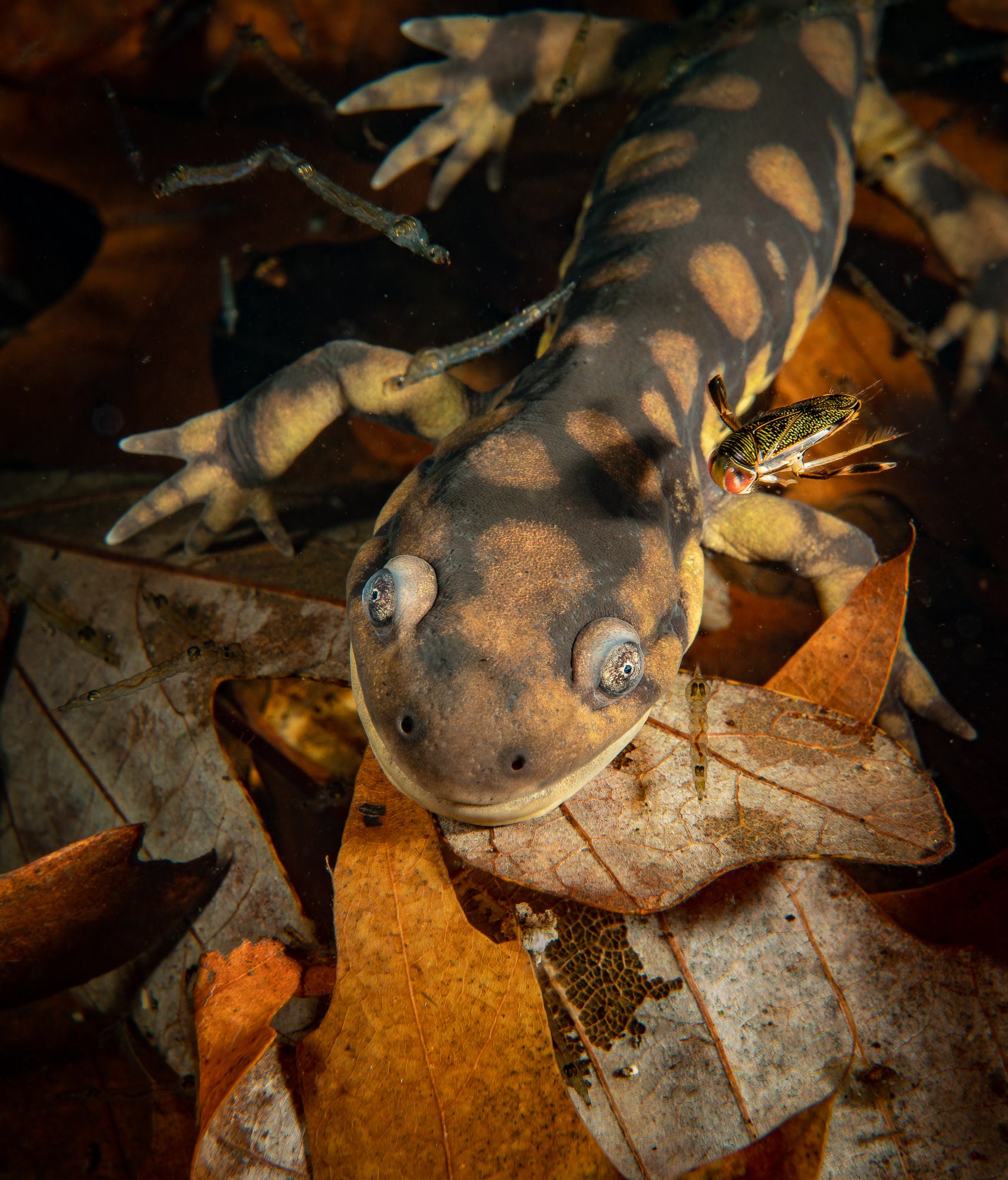
Photo by Steven David Johnson. Sony Alpha 6500. Sony 30mm f/3.5 Macro. 1/160-sec., f/22, ISO 100
This is where Steven really began getting into conservation photography. “I had always been invested in the natural world, but I think I had a new emphasis when I moved to Virginia. As part of that I started to get to know all of these creatures that inhabited this watershed, and I also started to get to know a lot of the environmental issues that were a part of this. For example, there was a big fish kill on the Shenandoah River, and there was the threat of industrial pipeline development. That's when I really started to get invested in a lot of local nonprofits and going on field trips and learning tours with them to understand what were the threats to this environment that I was learning to love.”
He began to really delve into conservation photography and learning how images can be used in environmental protection. Eventually he started a course at EMU on conservation photography and kept up with his own photography projects as well.
Salamanders & Vernal Pools
Early on when Steven moved to Virginia, he realized that salamanders were a fascinating aspect of the ecosystem. “The salamander biodiversity capital of the world is Central and Southern Appalachia, and we have more than 50 species of salamanders just in Virginia." Steven learned that some of these species spend nearly their entire lifecycle hidden underground. As his fascination grew, so did his photography skills. He began investing in underwater photography and macro work to learn more about these species and how to best document them.
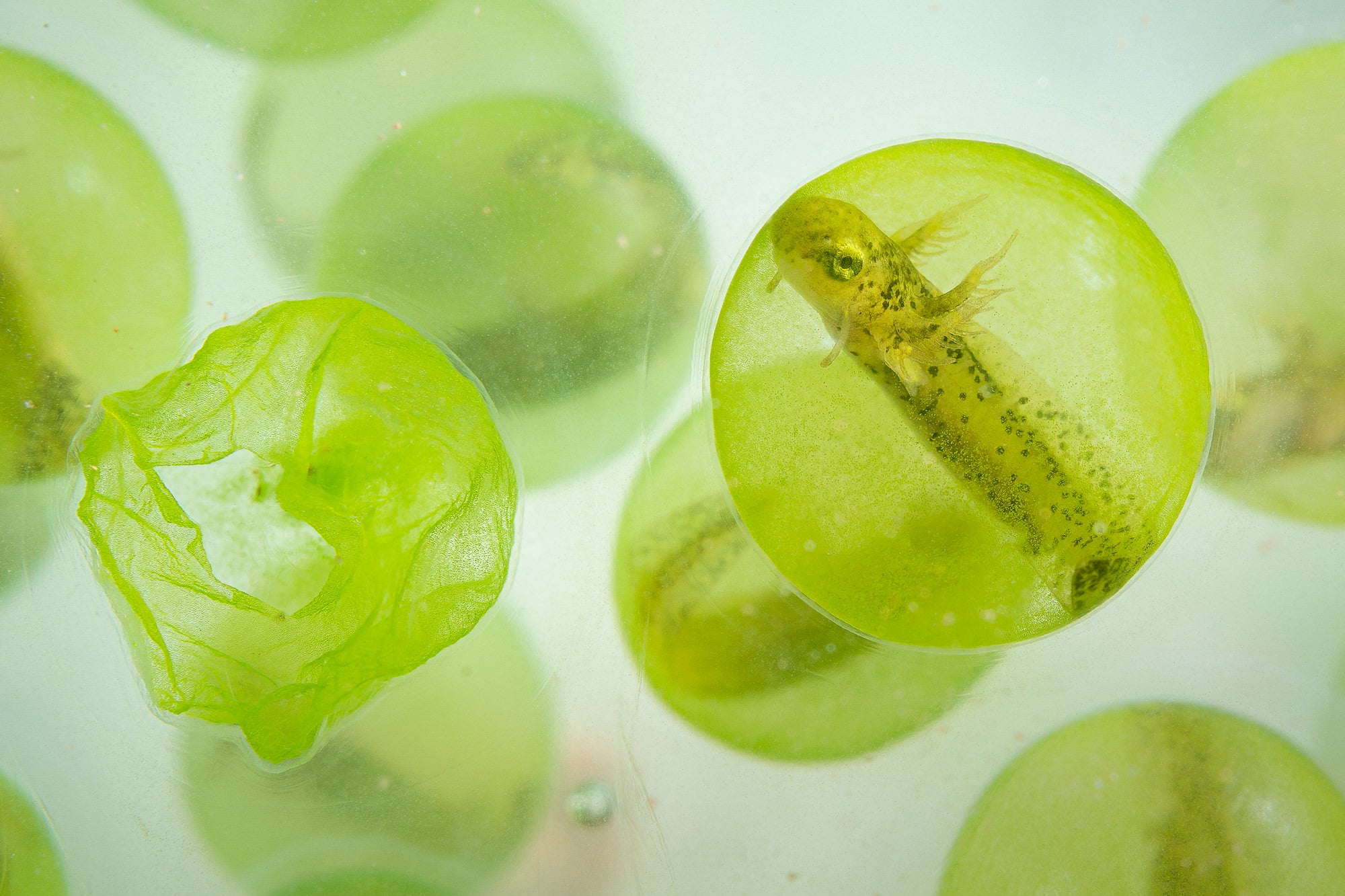
Photo by Steven David Johnson. Sony Alpha 7R III. Sony 50mm f/2.8 Macro. 1/200-sec., f/11, ISO 100
This led him to learn more about vernal pools. On his website, Steven explains it stating, “The vernal pools of Appalachia are temporary bodies of water that form from seasonal rains and snow melt. In late winter and early spring, the pools host breeding events for amphibians and macroinvertebrates.” Many species of salamanders breed in vernal pools, as it is safe from fish. Again, as Steven grew more interested and learned more he continued to develop his photography skills in sharing this story with others. His passion and photographs led to an e-book he published in partnership with the North American Nature Photography Association (NANPA).
The 70 page e-book covers the natural history of vernal pools featuring a decades worth of images by Steven. The book reveals a new world to the reader, one of tiny lifecycles and mesmerizing transformations taking place in what could simply appear to be an inconspicuous quagmire to the untrained eye. “I wrote in the book that I see these cycles kind of like a spiral. You go every season and in some ways you see the same events, but every time you go into more depth and you learn more about behavior and you see things that maybe you didn't see before – and that's really exciting.”
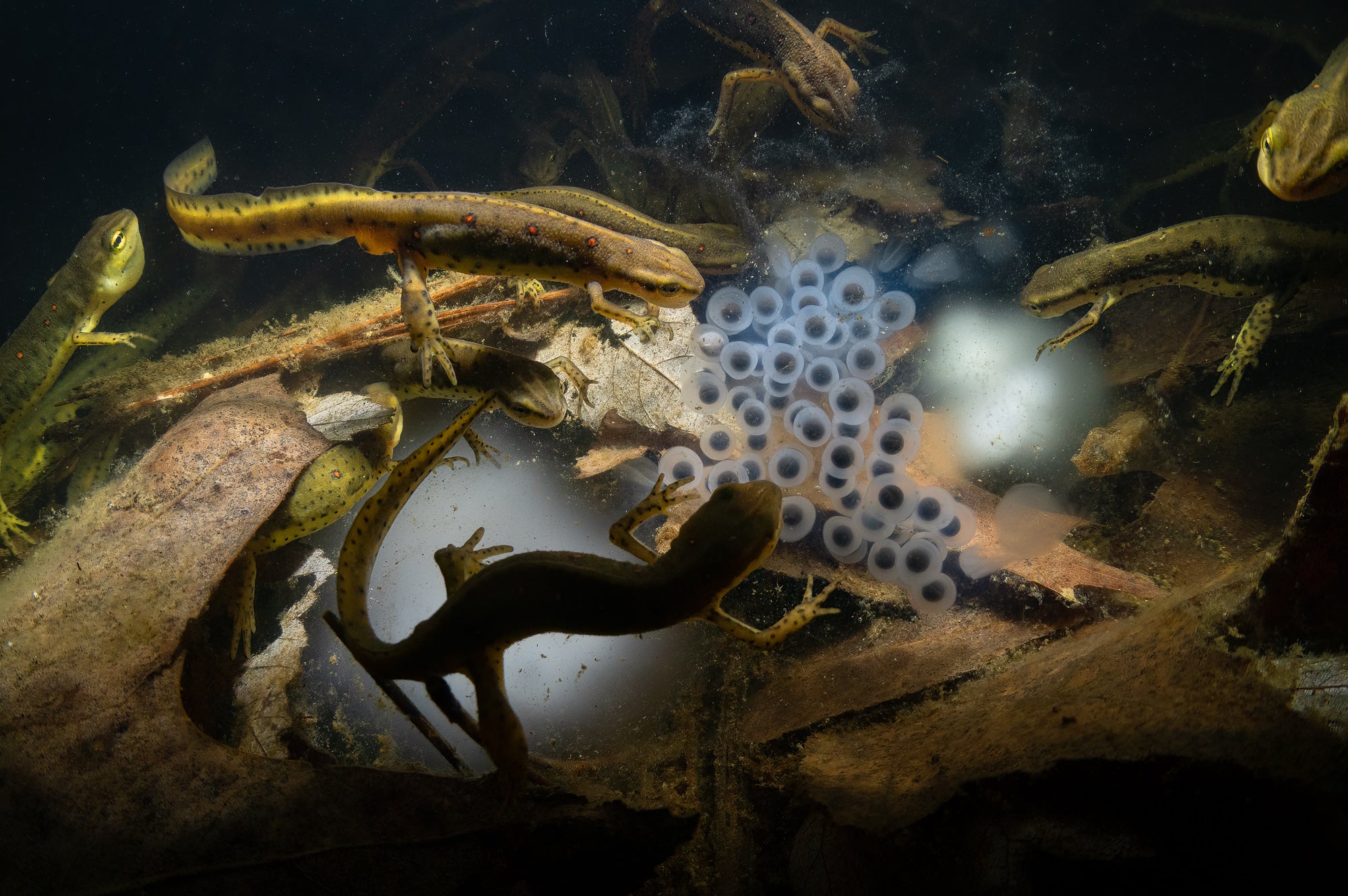
Photo by Steven David Johnson. Sony Alpha 6500. Sony 16-50mm f/3.5-5.6 PZ. 1/200-sec., f/10, ISO 800
The e-book is available for free on NANPA’s website. Steven is thrilled to have used the book to contribute to conservation and appreciation for vernal pools. “I've been gratified to know a number of organizations have listed it on their website as a resource to use. It's available for anybody who wants to learn about the natural world.”
Steven also mentioned that the book has led to various chains of events. From it, he’s published articles in the Nature Conservancy and other magazines. It’s also led to film work aired on regional PBS. “Having that book out there and having it available to a lot of people who know the nature photography world has led to a bunch of other projects.”
The Gear To Get A Closer Look
Photographing tiny creatures in temporal pools is certainly a photographic challenge. Steven spent a decade photographing these ecosystems and honing his imagery. Steven’s Sony gear and images have allowed him to open new worlds to viewers. “I think one of the things photography does is it allows you to see stuff that's really difficult to see with just your own eyes from above the surface. When you see little wood frog tadpoles from above the surface, they're kind of nondescript. They’re little squiggly dark blobs, but when you get lights on them and get in close, they're these beautiful intricate creatures with golden filigree. So photography, conservation photography in particular, is a way of nurturing this appreciation for something that's maybe seldom seen.”
To achieve this close up look at these creatures Steven relied on his Sony Alpha 7R III and Sony Alpha 6500. He then had different setups for his terrestrial work and his underwater work.
Steven’s underwater setup is centered around the Sony Alpha 6500. He typically pairs it with the Sony 16-50mm f/3.5-5.6 G PZ. He uses that with the Nauticam WWL-1 Wet Wide Lens 130° 67mm Wetmate lens, which attaches to the Sony lens. “That gives me wide angle macro so you can basically focus all the way to the front of this little dome lens, which gives you a really great perspective underwater. You can also do split shots with it, so it’s a really great setup.”
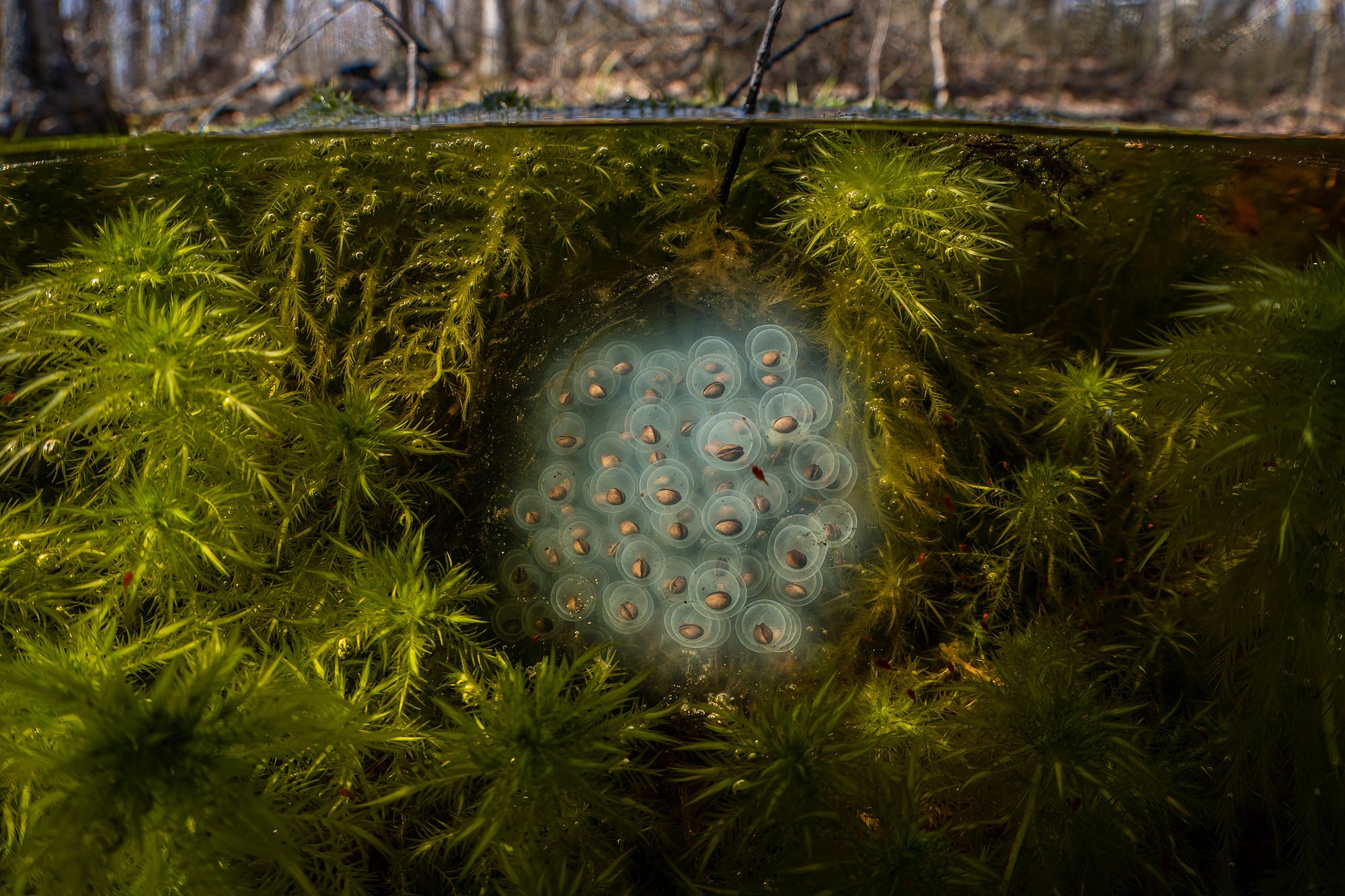
Photo by Steven David Johnson. Sony Alpha 6500. Sony 16-50mm f/3.5-5.6 PZ. 1/60-sec., f/8, ISO 160
He pairs the Sony Alpha 7R III with the Sony 50mm f/2.8 Macro lens for portraits of salamanders and frogs. He will also pair it with specialized ultra macro lenses, which he says are extremely difficult to use, but can lead to very interesting shots. Once he has his images, he frequently uses Topaz apps on the polished photos for final sharpening and noise reduction.

Photo by Steven David Johnson. Sony Alpha 7R III. Sony 50mm f/2.8 Macro. 1/200-sec., f/14, ISO 200
For his underwater setup he uses housing, video lights and underwater strobes to really illuminate the scene. For the terrestrial wildlife images, Steven mainly uses the Sony 200-600mm f/5.6-6.3 G.
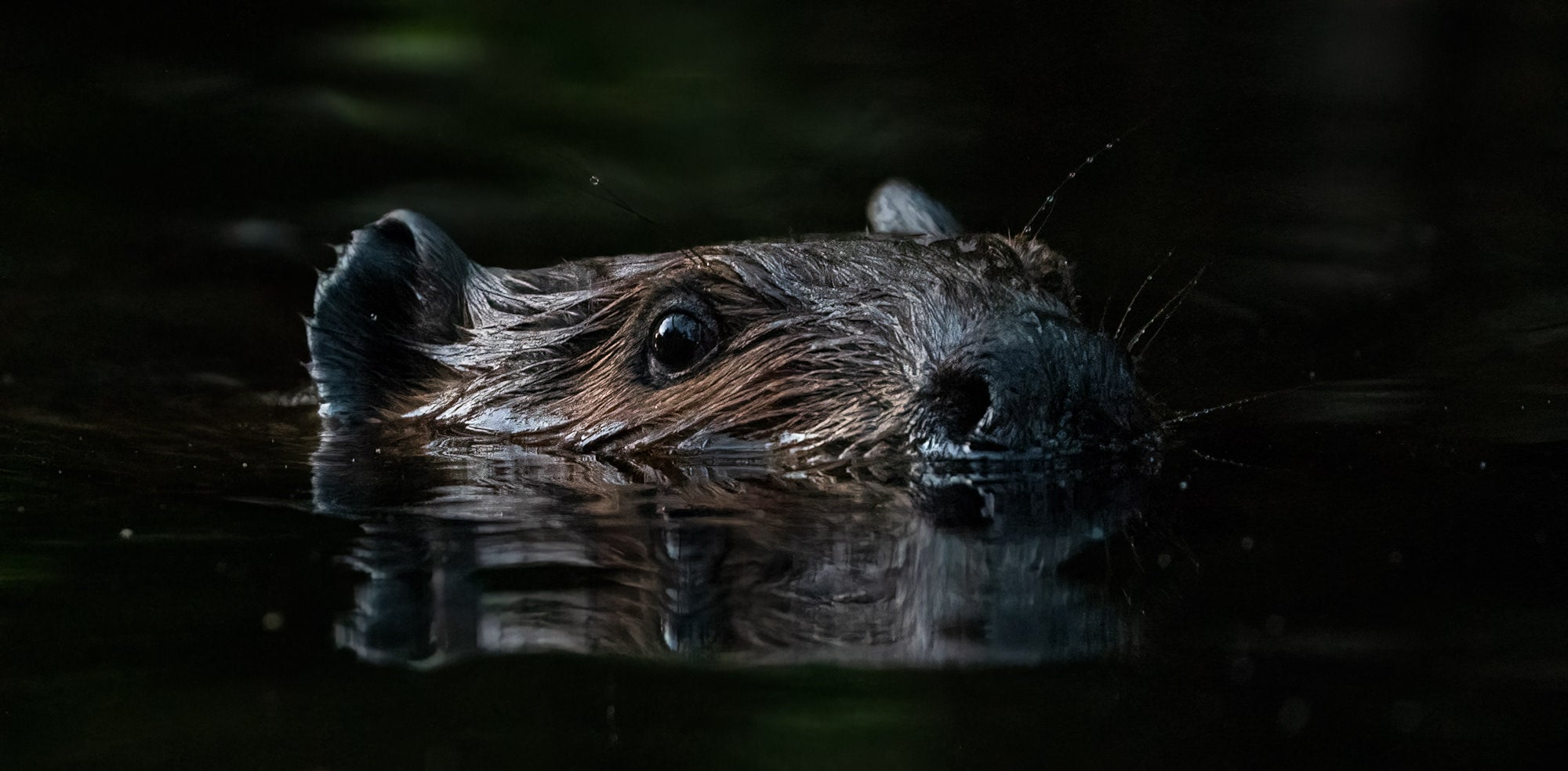
Photo by Steven David Johnson. Sony Alpha 7R III. Sony 200-600mm f/5.6-6.3 G. 1/400-sec., f/6.3, ISO 12800
Advice For Others Interested In Creating For Conservation
As a professor, Steven is constantly working with students interested in conservation photography. We asked him what advice he frequently gives his students. He encourages them to look at the work of those they admire and to really study their images, what works and why. He also tries to connect students with some of those people, such as Morgan Heim.
Moving forward, Steven is working on a project on the Shenandoah River. “It's a long-term project that I've been working on ever since I moved to Virginia, but now it feels like the time where I'm starting to take that imagery and really consolidate. Actually behind the scenes, I just created a new version of my website and the next thing that I'm adding to it is an online field guide about biodiversity on the Shenandoah. And that involves both terrestrial and underwater photography, too. I love river snorkeling. It's so much fun.”
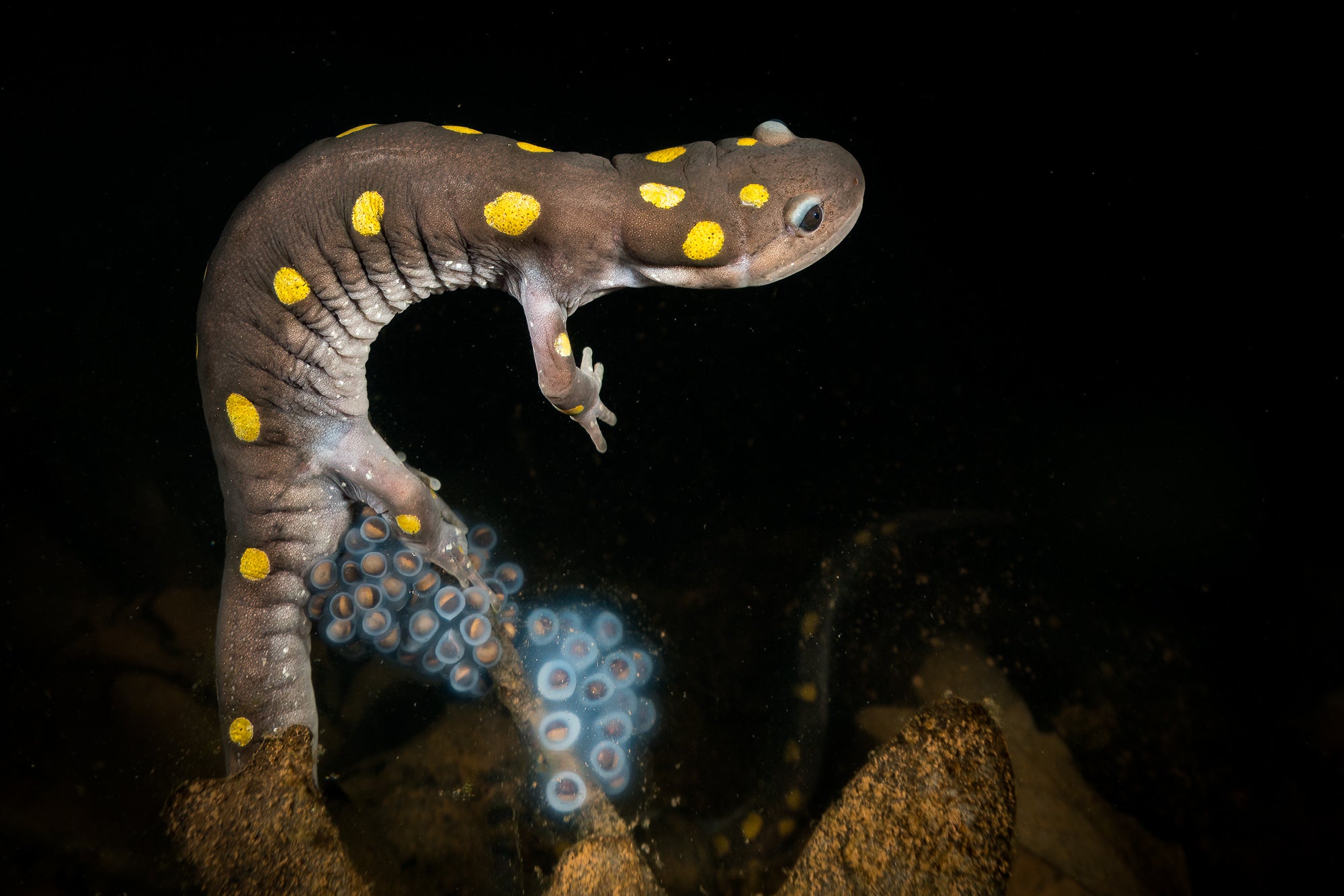
Photo by Steven David Johnson. Sony Alpha 6500. Sony 16-50mm f/3.5-5.6 PZ. 1/125-sec., f/8, ISO 200
Stay up to date on all of Steven’s work by following him on Instagram @StevenDavidJohnsonPhoto, and checking out his website. And you can download his free e-book HERE.
To connect with a community of Sony shooters, join us over on the Sony Alpha Community Forums! We are talking all things photography and filmmaking, including topics from this article like macro, underwater and conservation photography.





































